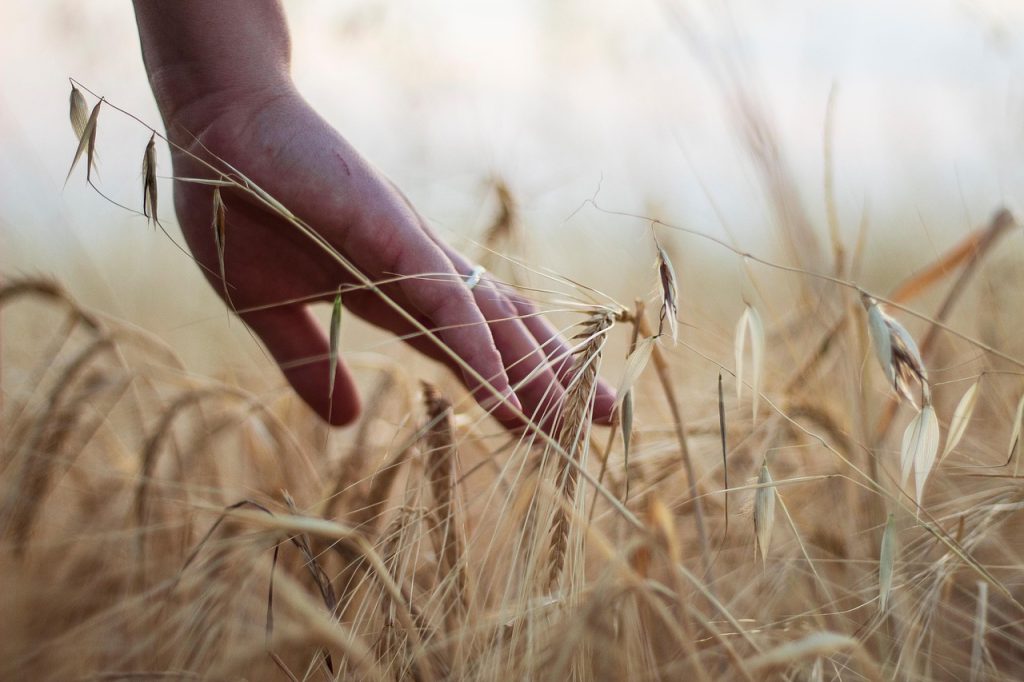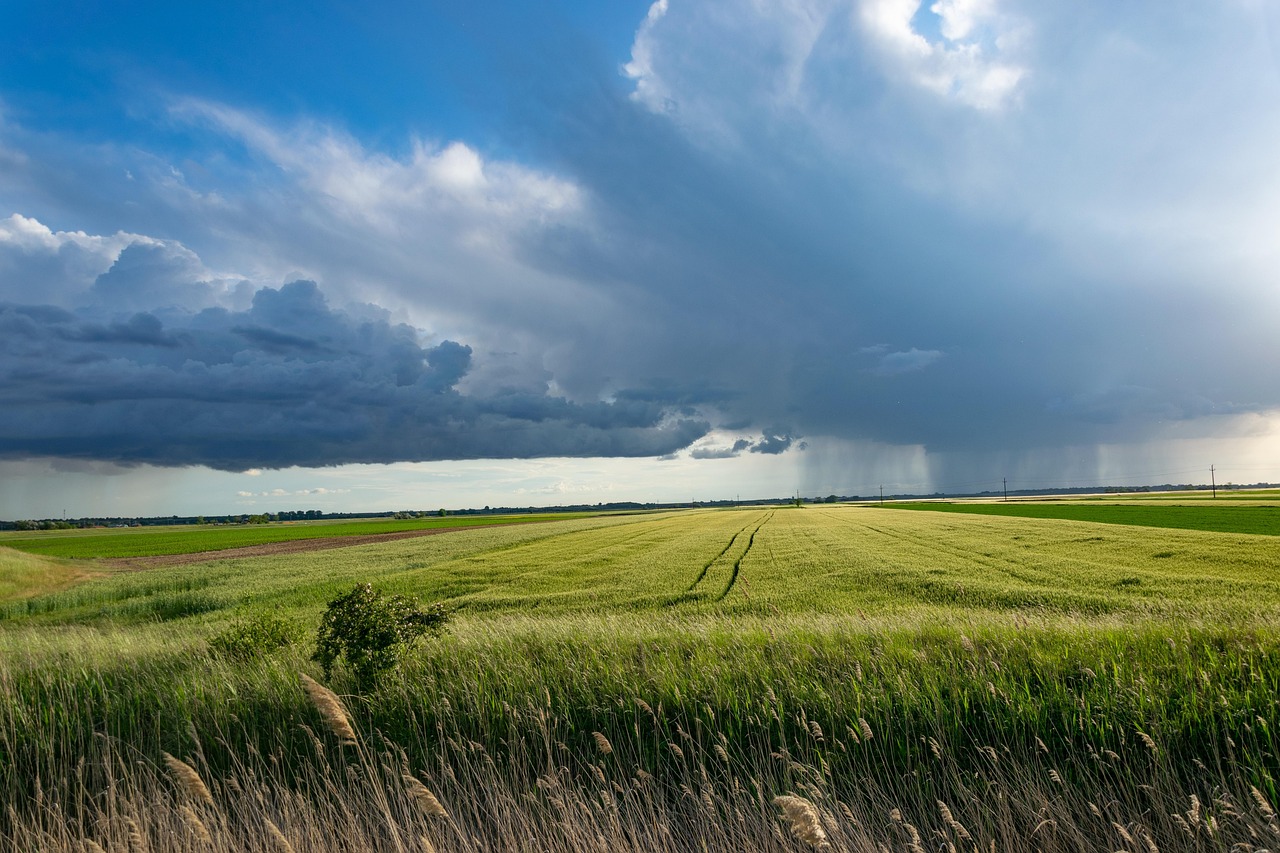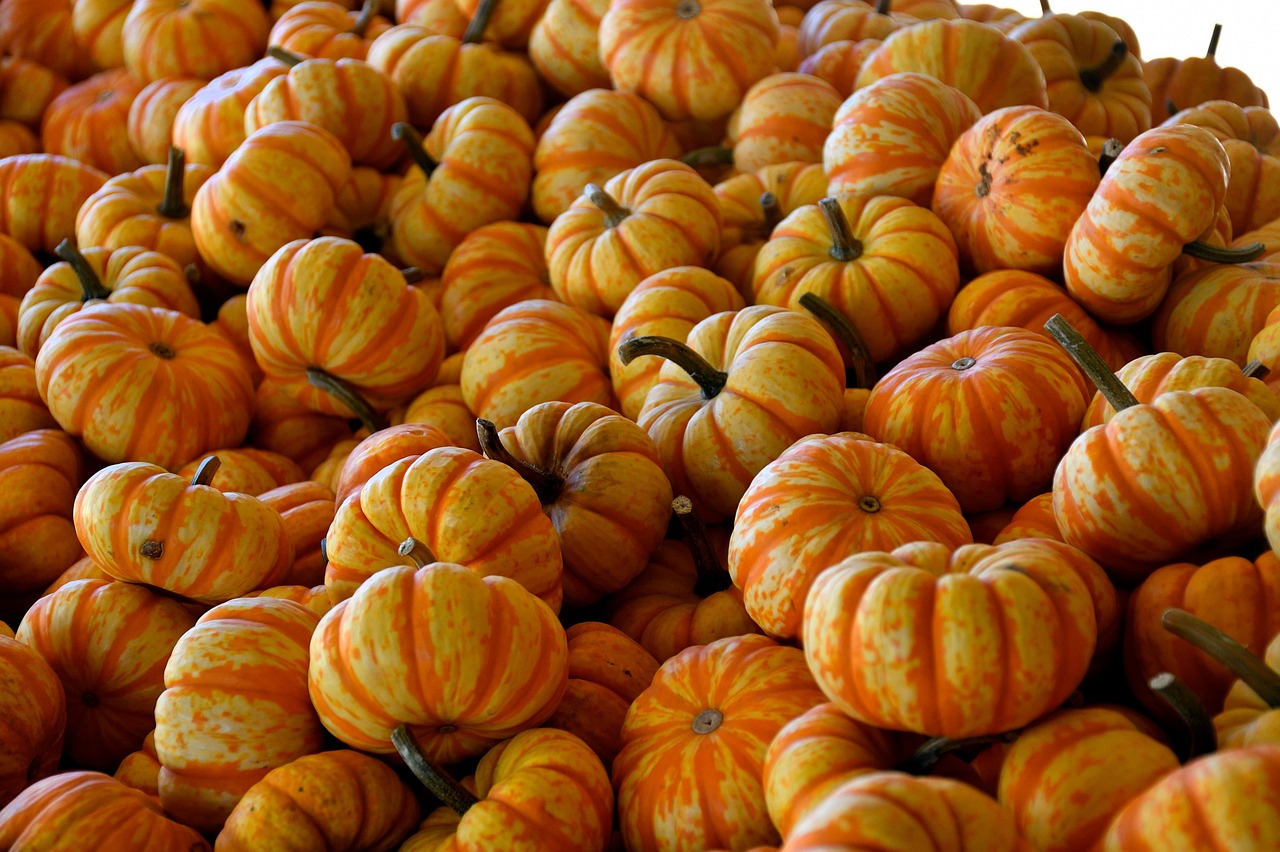What we eat is more than what fills us
There was a time I didn’t really care where my food came from. If it was fresh and tasty, that was enough. But lately, something shifted. I started to wonder: who grows this rice? Who dries these peppers in the sun? And why does a simple soybean paste taste different when made by hand in some countryside town?
The quiet heroes behind every harvest
Last fall, I visited a farm in Gyeongsangbuk-do. A man in his 60s, tanned from decades of sun, told me something that stuck. “I don’t farm for money,” he said. “I farm because this land raised me. Now it’s my turn to feed others.” That wasn’t just a nice quote. That was truth. His hands, rough and steady, told the story of seasons, typhoons, dry years, and good rains. And the way he touched his crops — not like products, but like family — taught me something.
Tradition is not nostalgia. It’s survival
In Korean agriculture, tradition isn’t just about doing things “the old way.” It’s a system built through trial and error over generations. Fermented foods like jang, or naturally dried herbs, or crop rotations based on moon cycles — they all carry a logic deeper than trends. When global food systems become more industrial, these small practices keep something very human alive. Maybe that’s why they taste different.
AgraFood isn’t just a platform. It’s a record
We’re not trying to make headlines. We’re trying to remember what matters. A grandmother who still brews soy sauce in clay jars. A group of young farmers using drones but still blessing the soil. These stories might never trend on social media, but if they disappear, we lose more than flavor — we lose memory.
Our future tastes better when it’s rooted in care
Whether you’re in Seoul or Seattle, a part of this story touches you. Because food isn’t just a product — it’s time, labor, weather, emotion. And if AgraFood can be the bridge between a humble Korean farm and someone curious across the world, then that’s enough. That’s everything.


